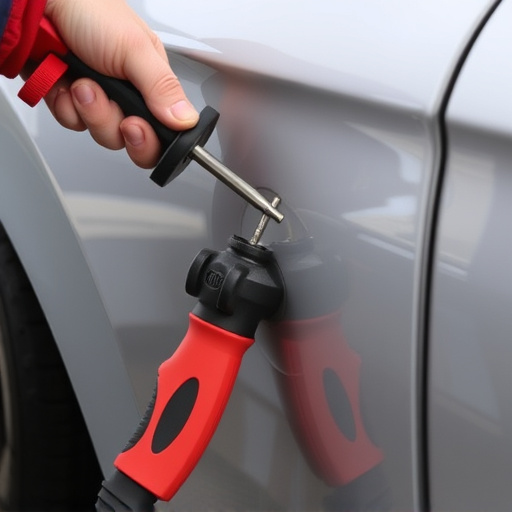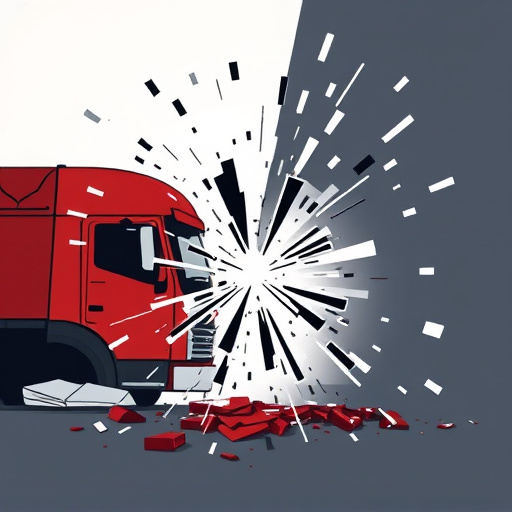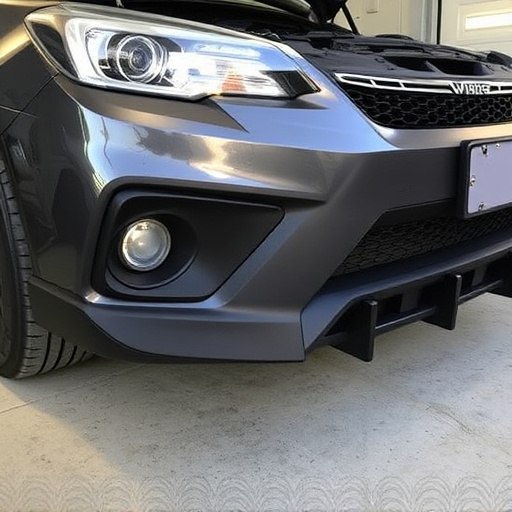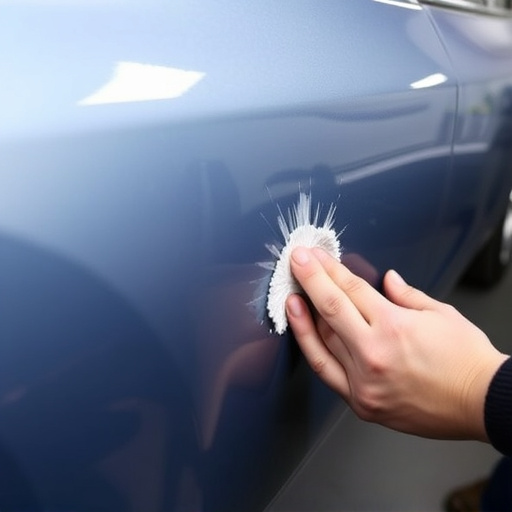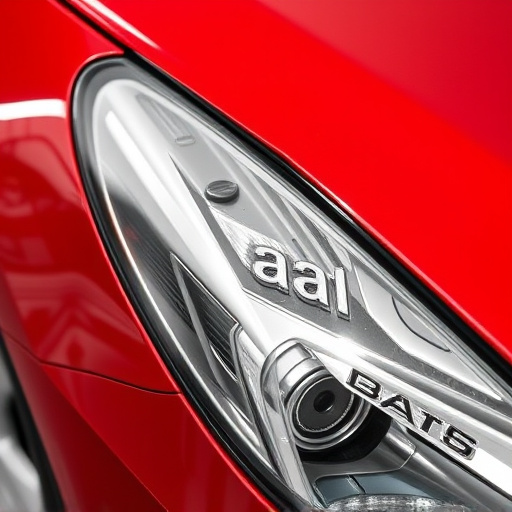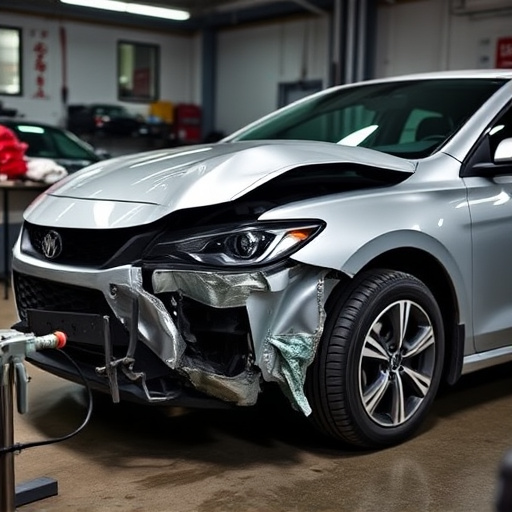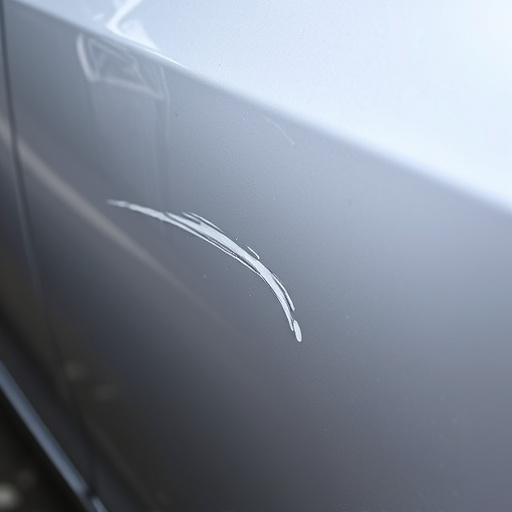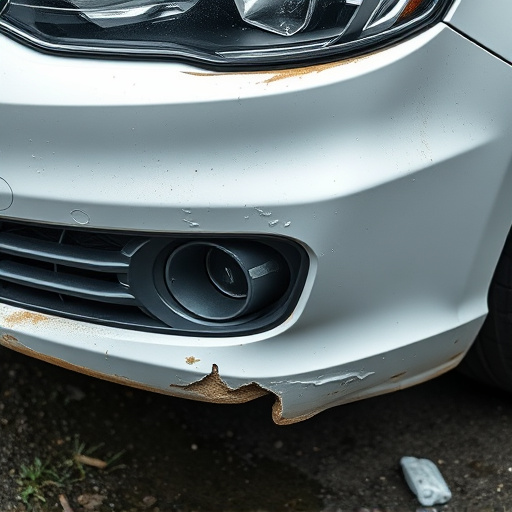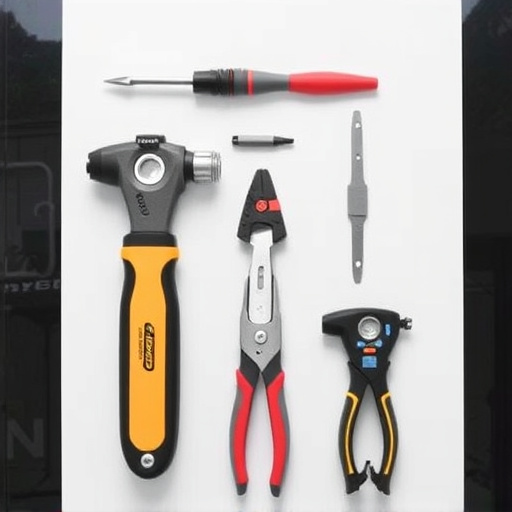Tesla owners of Model S, 3, X, and Y can seek compensation for decreased resale value due to unforeseen issues through a Tesla diminished value claim. To qualify, provide proof of ownership, issue documentation, and repair estimates. Act promptly, gather essential documents, contact insurance providers, and understand your rights for a favorable outcome.
Tesla owners of Models S, 3, X, and Y may be eligible for a Tesla diminished value claim if their vehicle has suffered a significant loss in worth due to a covered incident. This comprehensive guide breaks down the process, eligibility criteria, and potential outcomes for these Tesla owners. Understanding how Tesla diminished value claims work is essential for recovering losses and ensuring fair compensation.
- Understanding Tesla Diminished Value Claims
- Eligibility Criteria for Model S, 3, X, Y Owners
- Navigating the Claim Process and Potential Outcomes
Understanding Tesla Diminished Value Claims

When it comes to Tesla diminished value claims, understanding your rights as an owner is paramount. These claims refer to the decrease in a vehicle’s resale value due to unforeseen issues or events that impact its overall condition and market appeal. In the case of Tesla models S, 3, X, and Y owners, such claims can arise from various factors, including manufacturing defects, accidents, or extensive car damage repair processes.
Tesla vehicles, renowned for their advanced technology and sleek design, may still sustain damage that necessitates mercedes benz repair or even car paint services. While these repairs are crucial for restoring functionality and aesthetics, they could potentially reduce the vehicle’s residual value. Therefore, owners should be aware of their rights to seek compensation for these diminished values when selling or trading-in their Tesla vehicles in the future.
Eligibility Criteria for Model S, 3, X, Y Owners

Tesla owners of Model S, 3, X, and Y vehicles who have experienced damage or require significant repairs may be eligible for a Tesla diminished value claim. This type of claim is designed to compensate owners for the loss in residual value their vehicle experiences due to unforeseen circumstances such as accidents, natural disasters, or manufacturing defects.
To qualify for a Tesla diminished value claim, owners must meet specific criteria. These include proof of ownership, documentation of the damage or repair needs, and an estimate from a reputable automotive body work shop detailing the cost of repairs. It’s important to note that while luxury vehicle repair can be intricate and costly, demonstrating the significant impact on your car’s value is key to a successful claim.
Navigating the Claim Process and Potential Outcomes

Navigating the claim process for a Tesla diminished value can be straightforward if handled correctly. Owners should first gather all necessary documentation, including proof of ownership, vehicle maintenance records, and any estimates from authorized Tesla service centers or reputable car body shops. It’s crucial to contact your insurance provider promptly and inform them about your intention to file a diminished value claim. They will guide you through the specific steps required for submission.
Potential outcomes vary depending on the extent of damage and local regulations. In some cases, insurers may offer a lump-sum payment to cover the reduced value of the vehicle after repairs. For more extensive damages, involving body work or panel replacement, owners might receive enough compensation to offset the cost of repairs from a qualified car dent repair service or even have their vehicle restored to near-new condition. Remember, each claim is unique, so understanding your rights and working closely with your insurance company is key to achieving a favorable outcome.
For Tesla Model S, 3, X, and Y owners facing potential reduced vehicle value due to various factors, understanding and navigating a Tesla diminished value claim is crucial. By familiarizing themselves with the eligibility criteria and following a structured claim process, owners can explore potential outcomes that may mitigate the impact of depreciation on their electric vehicle investments.
